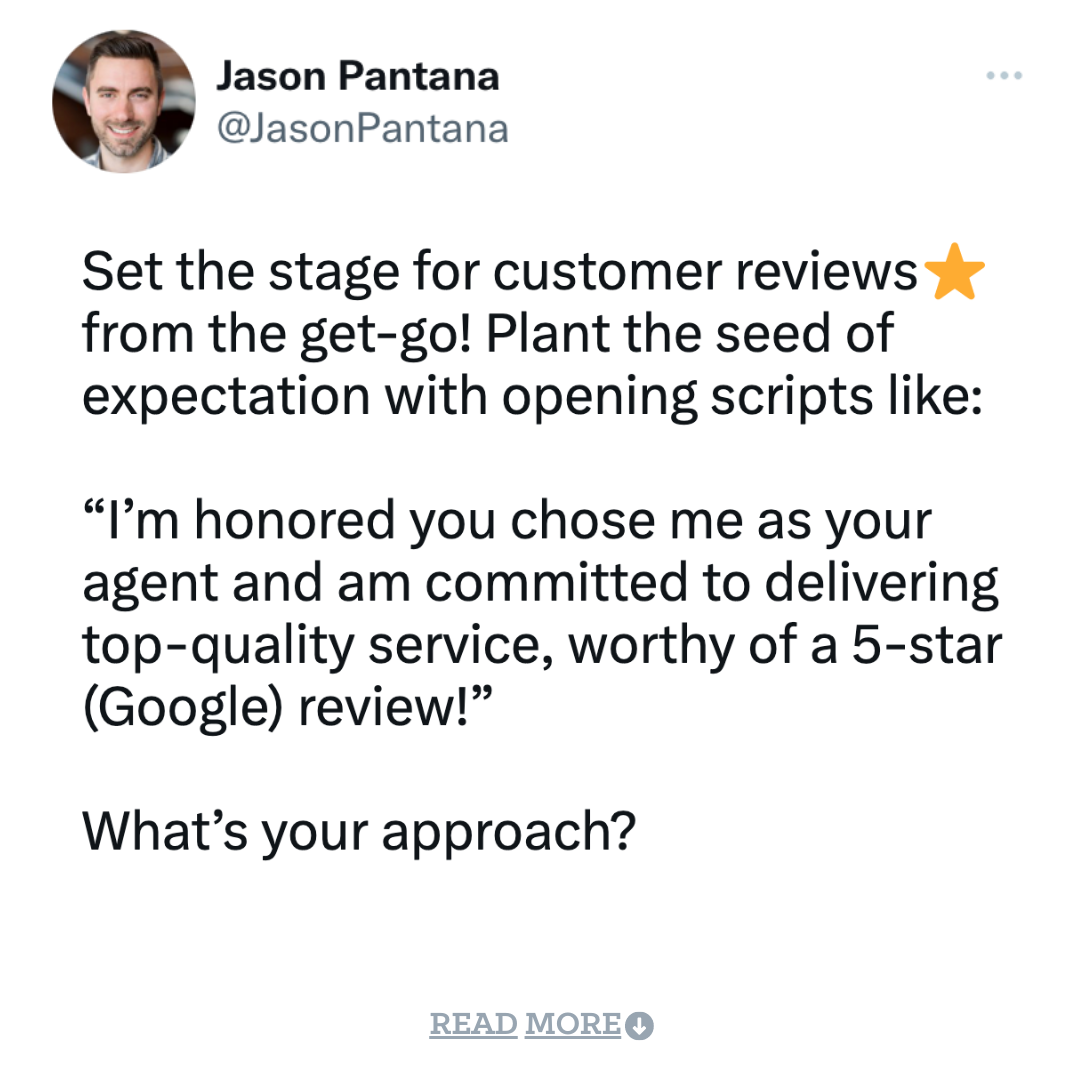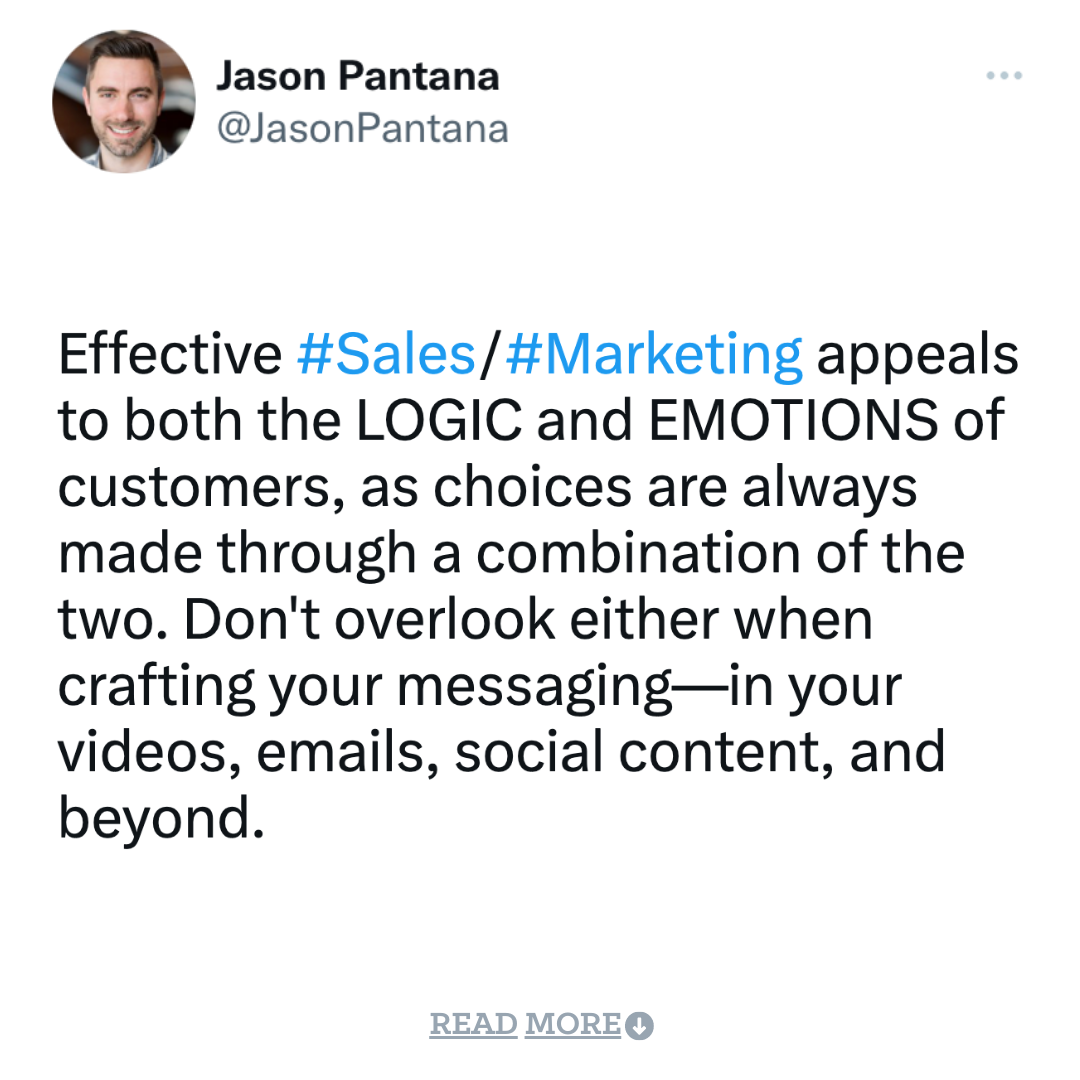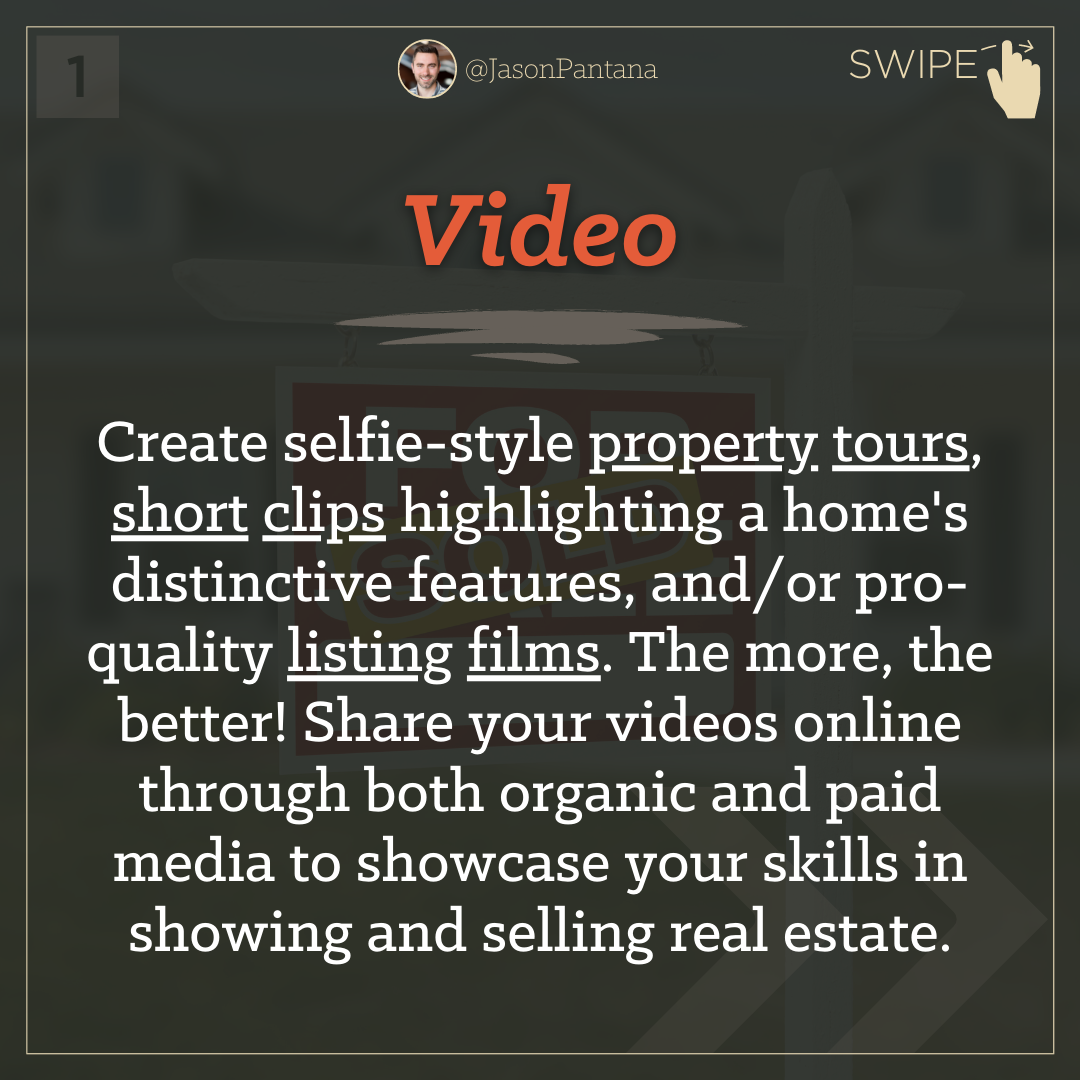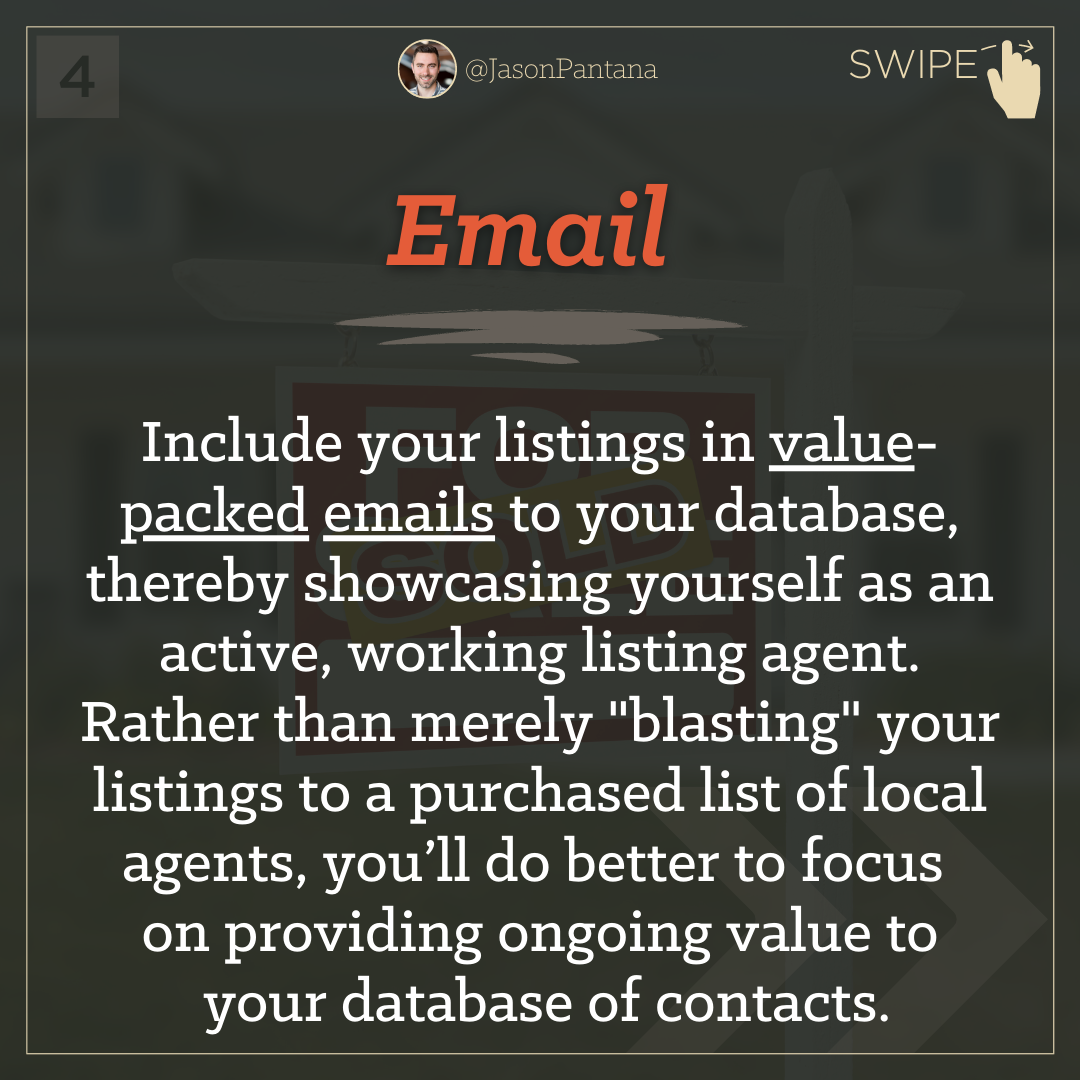The success of your next video on social media (or lack thereof) is hinged on a crucial factor: the video's "watch-time curve."
This curve, which is represented by a line chart 📉, reveals the duration viewers spend watching a video and highlights the points where viewership declines. The flatter the curve, the better, as it indicates that the video successfully retains viewers' attention.
Platforms like YouTube and Instagram offer metrics such as average duration watched and average percentage watched, thereby helping creators understand what does (or doesn’t) resonate with viewers. If the viewership rate surpasses 100% in these metrics, it signifies that viewers are re-watching the video – a positive sign.
The more of your video viewers watch, the higher the chances that platforms will distribute and recommend your content to a broader audience. The underlying reason is pretty simple: as viewers spend more time watching your video, it becomes more valuable to the platforms due to its contribution in retaining users for longer durations.
To elevate your video game, focus on:
Opening hook: Grab attention, set the tone, and establish clear expectations to entice viewers to watch through till the end.
Optimize runtime: Analyze average watch time and create videos that match in length to encourage "watch completions."
Enhance audio/Visual: Enhance the viewer experience with relevant graphics, sounds, and subtitles; ensure an audio quality and video resolution of reasonable quality.
Prevent “scroll holes”: Minimize pauses, gaps, tangents, and irrelevant points that may cause viewers to lose interest and click away.
The saying, "Success isn’t a straight line; it's a journey filled with twists and curves" may hold true for life's endeavors, but when it comes to videos, the opposite applies: hold the line!













